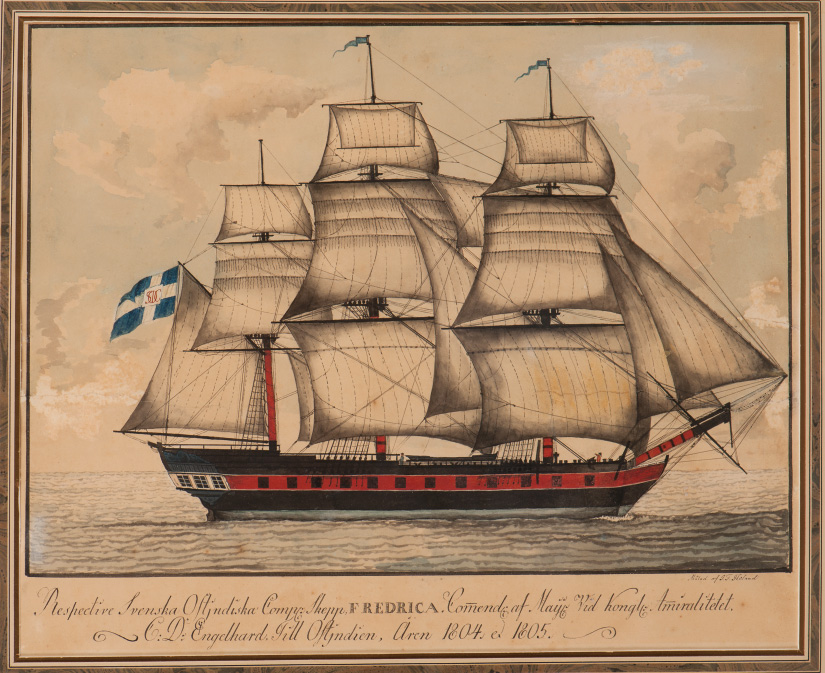Chapter 1: 1491-1607 Inquiry Organizer

Compelling Question: How did the collision of cultures create a “New World”? |
|
Chapter Objectives:
|
| Supporting Question 1: What were the social, political, and economic structures of American peoples before the arrival of Europeans? | Resources:
|
| Supporting Question 2:What motivated and enabled Europeans to begin exploring the globe in the fifteenth and sixteenth centuries? | Resources:
|
| Supporting Question 3: What was the initial contact between Europeans and native peoples like? | Resources:
|
| Supporting Question 4: How did the contact between Europeans and native peoples affect Europe, Africa, and the Americas? | Resources:
|
Additional Resources: |
|
Unit 1 Essay Activity:
Europeans believed they discovered an entirely new place when they encountered the diverse inhabitants of North and South America. Contact between the hemispheres began a long process of exchange in people, goods, customs, language, religion, and disease. Each group’s political, economic, and social structures felt the effects of this exchange, sometimes with devastating consequences. Through this inquiry, students will evaluate primary and secondary sources to assess how contact between Europeans and native peoples forever affected European and American civilizations. Assess students’ progress in understanding the compelling question for this chapter by assigning the Unit 1 Essay Activity. |
|
Some components of this resource may contain terminology that is no longer used because the terms are recognized to be offensive or derogatory, and some components may contain images that would be considered offensive or derogatory today. These terms and images have been retained in their original usage in order to present them accurately in their historical context for student learning, including understanding why these are not acceptable today.




